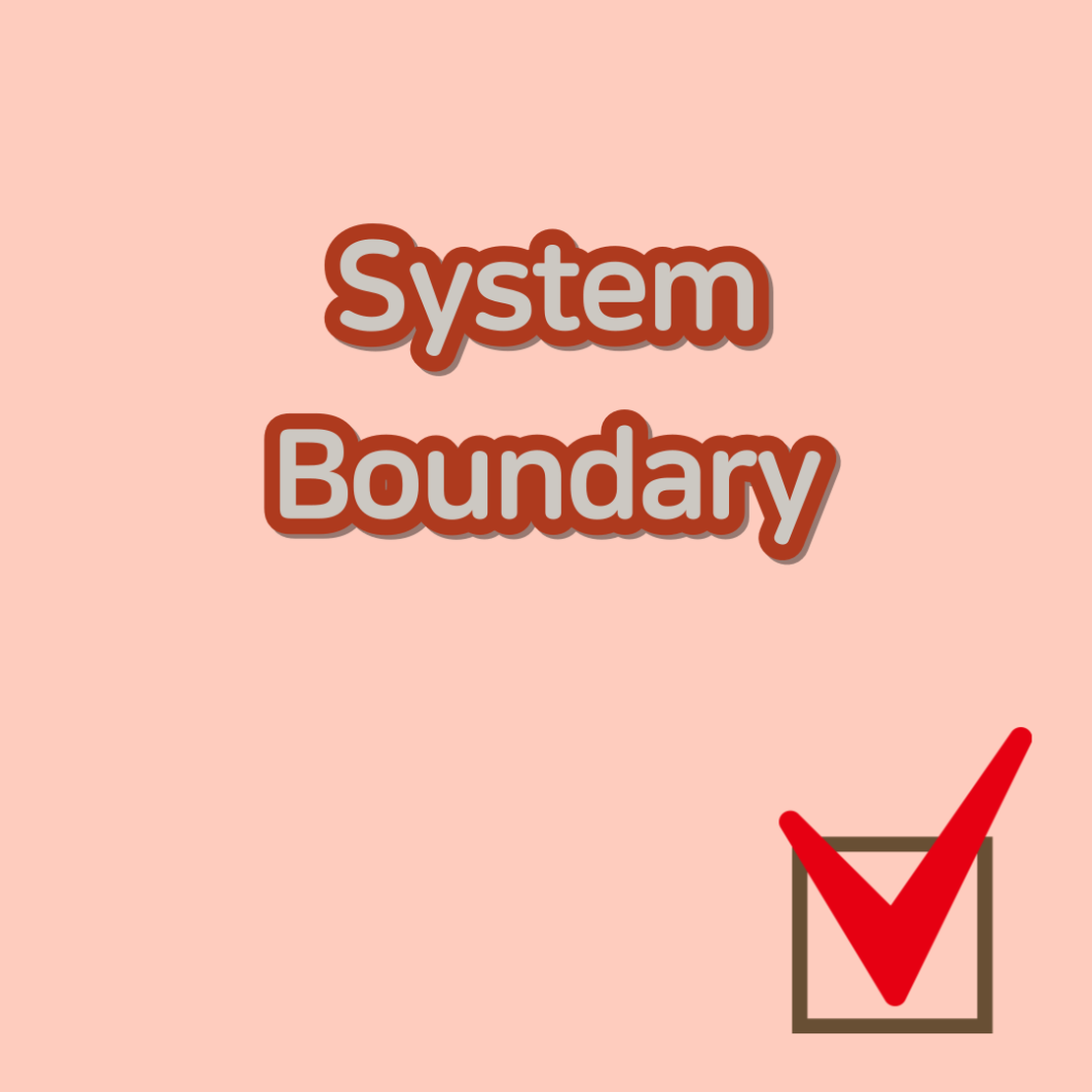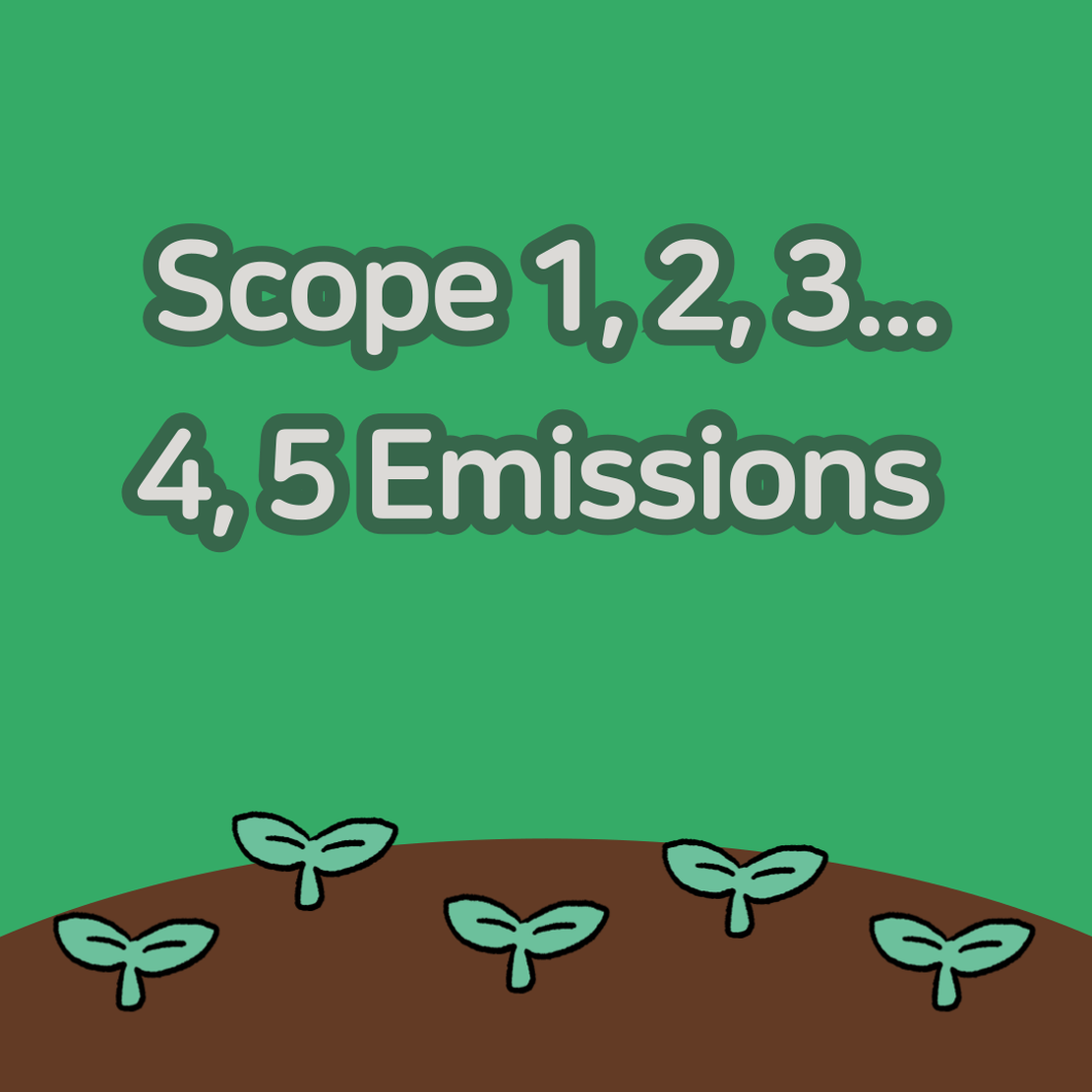Life Cycle Assessment

The Importance of Setting the System Boundary for Life Cycle Assessment
What is Life Cycle Assessment? Life Cycle Assessment (LCA) is a structured process that comprehensively evaluates the environmental impacts of a product or service by collecting and analyzing all material and energy flows within a defined system boundary.
Read More
Understanding Scope-Based Greenhouse Gas Emissions
Introduction Carbon neutrality refers to the process of minimizing greenhouse gas emissions and their sources from human activities, while removing already emitted greenhouse gases through methods such as forest absorption or carbon capture utilization and storage (CCUS).
Read More
Free Usage Method and Tutorial for SimaPro for Life Cycle Assessment
Introduction to Accessing and Using SimaPro This article explains the process of utilizing existing inventory databases in SimaPro to calculate carbon dioxide emissions. I am using SimaPro version 9.1.0.11. Before making the investment in purchasing a full license, you can evaluate the software by using a demo version available for approximately 30 days.
Read More
Getting Started with LCA and SimaPro
Introduction to Life Cycle Assessment I studied Life Cycle Assessment through the “Life Cycle Assessment Student Handbook” (2015). The first section, which provides an overview of Life Cycle Assessment, highlights two key requirements for performing an Life Cycle Assessment:
Read More